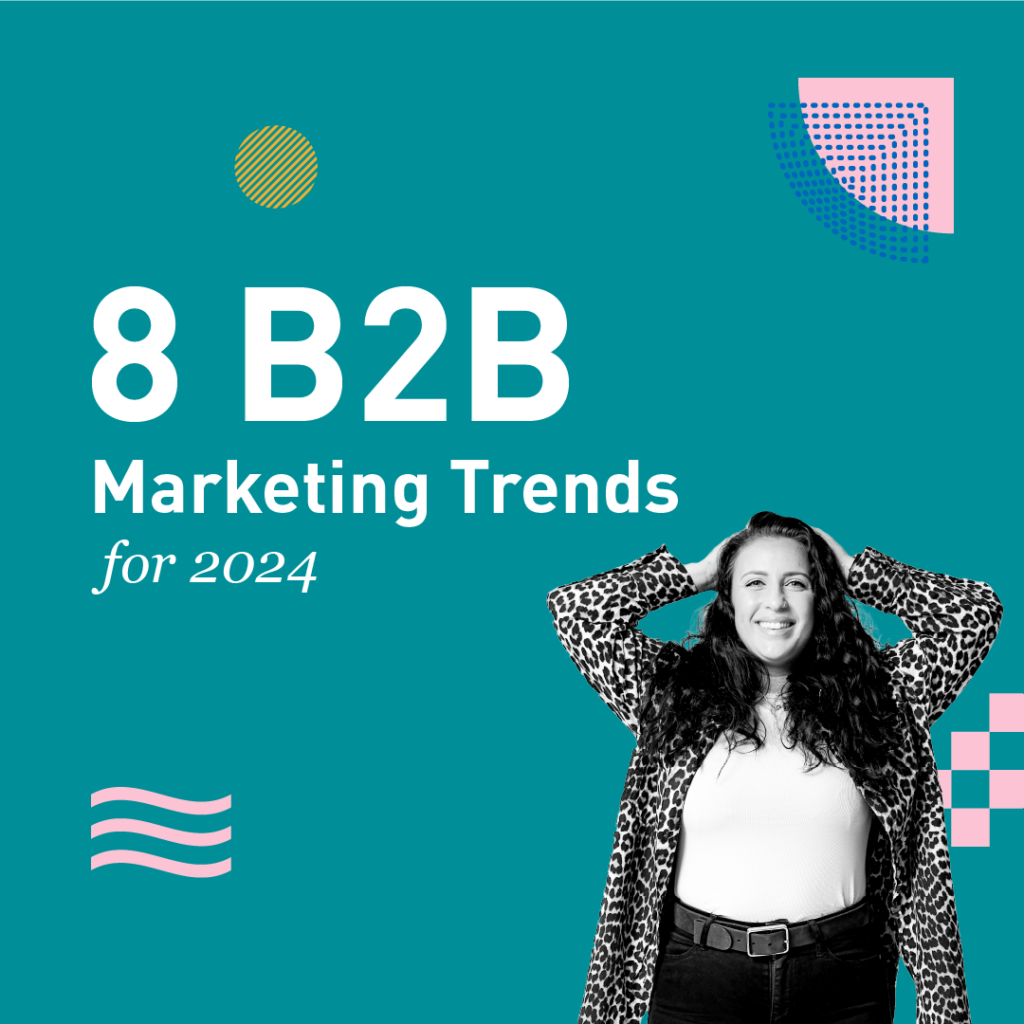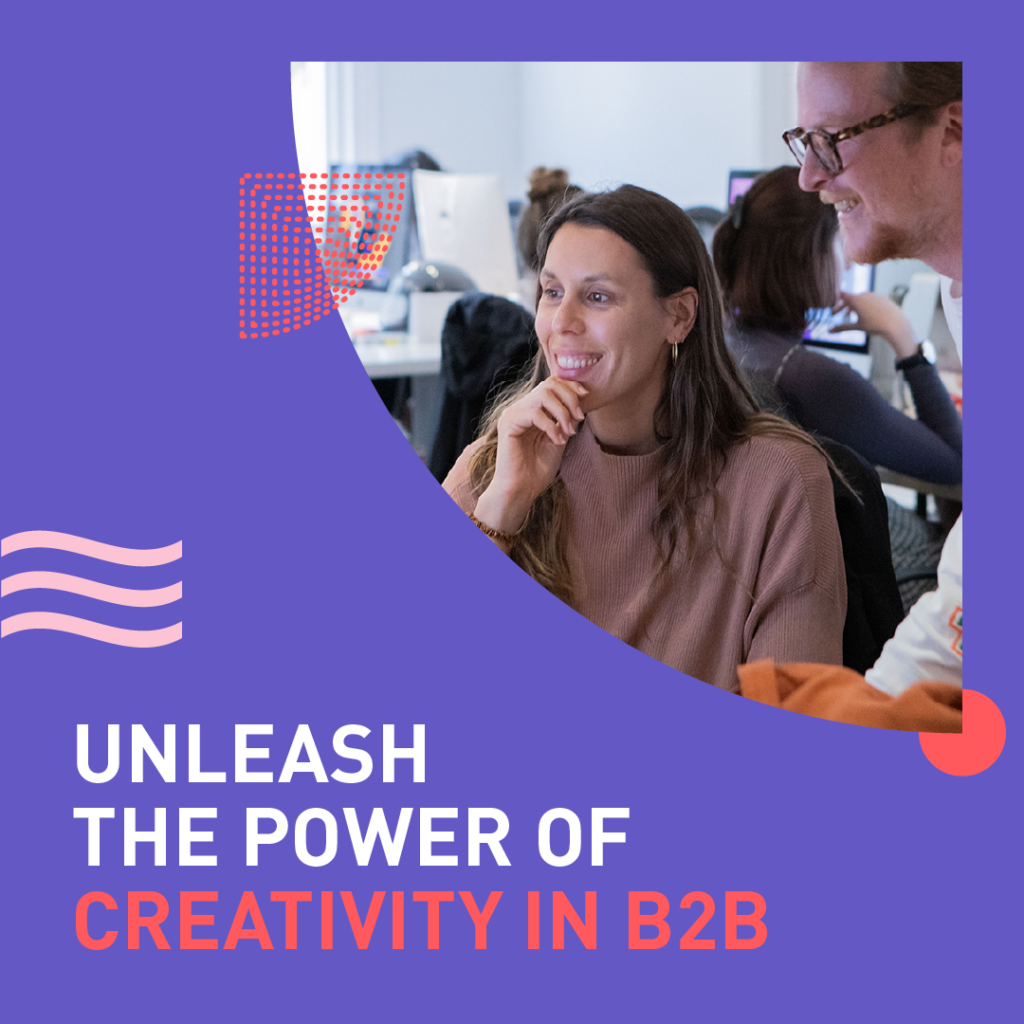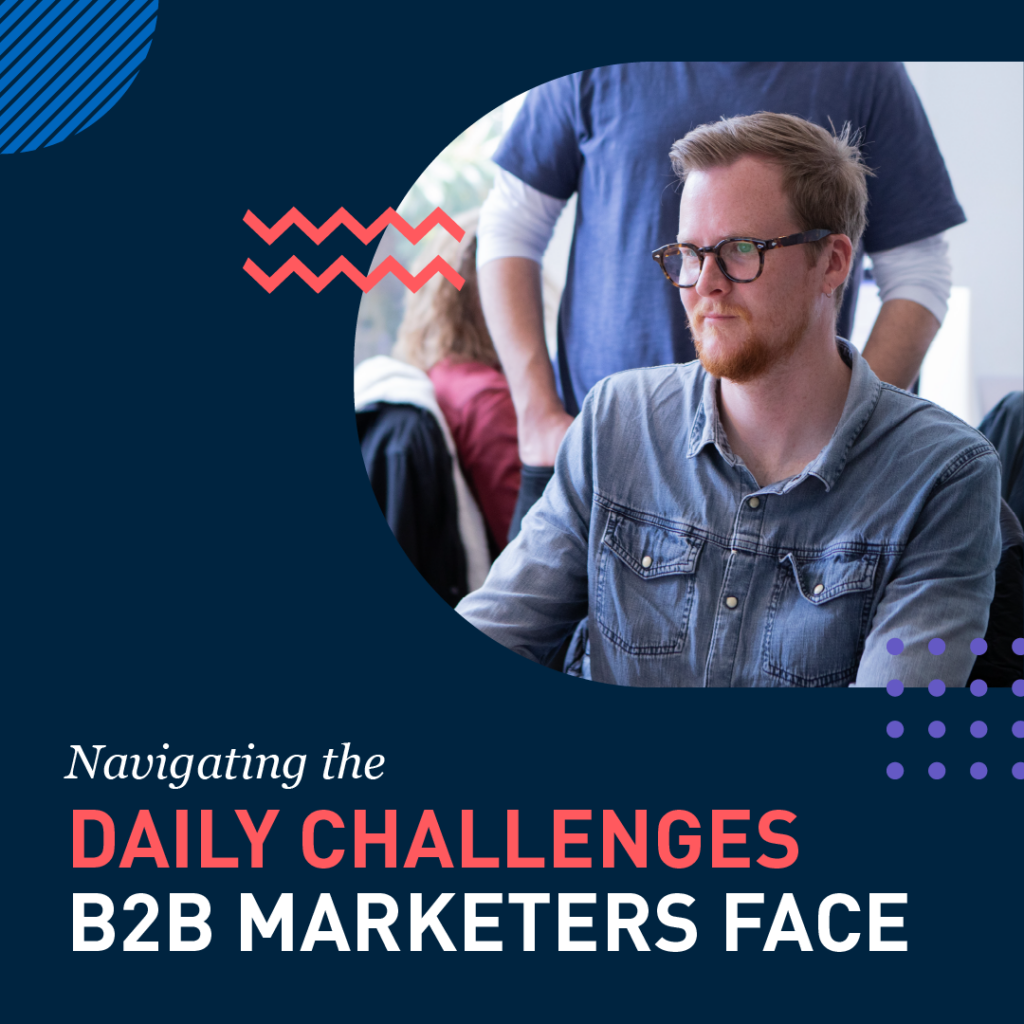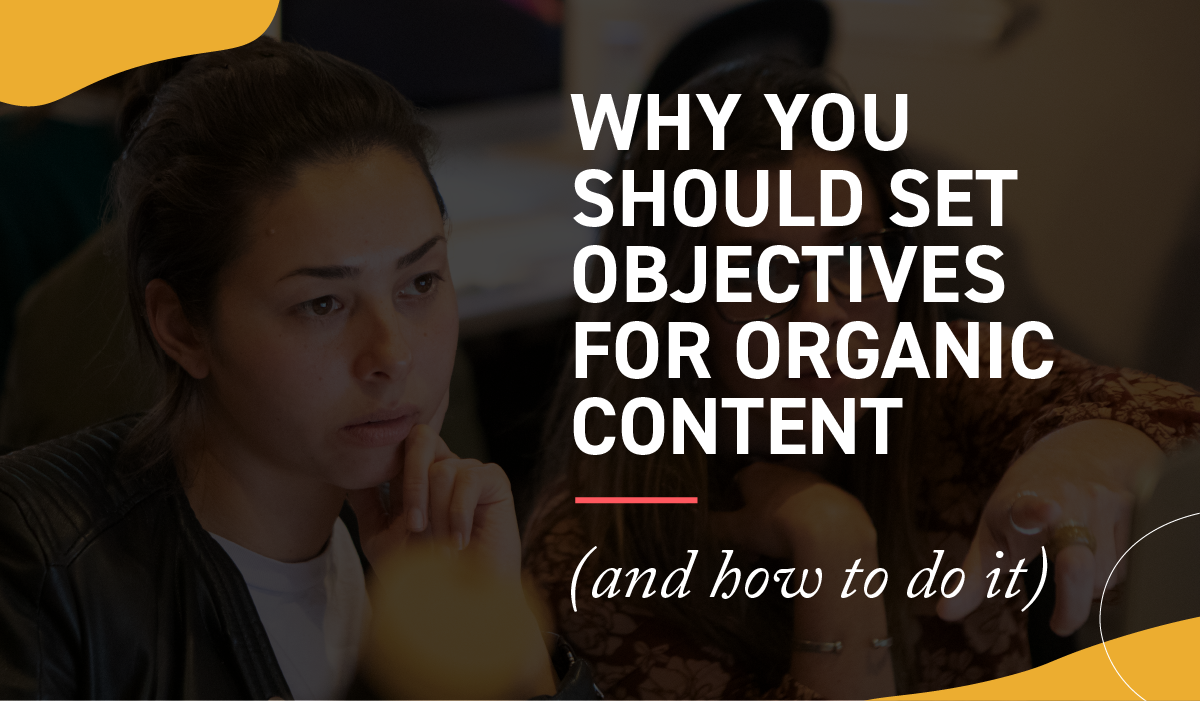
It’s hard to imagine how Picasso would have pondered upon content creation mid-pandemic with writers, artists and designers in a fervent competition to gain attention. One thing’s clear though – with screen time soaring over the past 18 months or so as the pandemic pushes us indoors it’s ever more important to set objectives to win the fight for the eyeballs. And as Picasso said, setting a clear plan with objectives is the best way to make that happen.
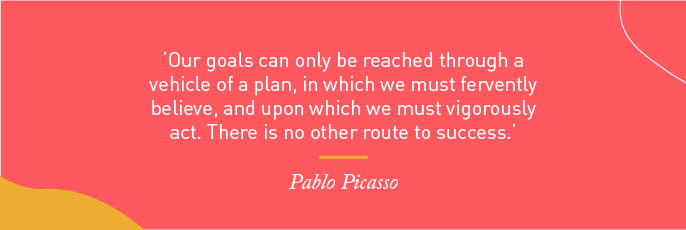
We’re writing this mid-lockdown 3.0 in sunny Sydney and it’s ever more clear to us that the longer people are spending indoors with their eyes glued to a screen (while they work from home, watch the postponed Tokyo 2020 Olympics or simply distract themselves from the chaos in the outside world), the faster their patience for ineffective or inauthentic material diminishes.
When you take into consideration a revolving door in and out of lockdowns, venue restrictions and social isolation worldwide it’s no surprise that people have become experts in detecting content which was just made for content’s sake. We at Blue Melon know that the last thing a person wants is to feel stupid. And you don’t want to scare away potential return readers, do you?
“Good marketing makes the company look smart. Great marketing makes the customer feel smart.” – Joe Chernov, Chief Marketing Officer, Pendo.io
The best place to hide a dead body is on the second page of Google
Do you find yourself spending too much time and money on writing blog posts for your business and finding it makes little to no difference?
The latest stats show us that 68% of online experiences in 2021 have started with a search engine. If not, it’s on social media where we’ve been progressively living during COVID times. So let us explain to you… Why is it so important to make your organic content the best it can be?
Well, put simply it needs to stand out from the rest otherwise it may never make it to those valuable eyeballs. We know that 75% of people never scroll past the first page of search engines. People are looking for the answers to their questions. They’re not trying to spend all day sifting through clickbait. Your content strategy should therefore be more focused on quality rather than quantity.
And it’s not just that people lose patience reading sloppy writing, but they might not even get a chance to see it in the first place because of Google’s 2011 update to the Panda algorithm. Writing and sharing organic content can be a fantastic way to connect with your users and client base on a more authentic, deeper level if done correctly. Keep reading for our top tips on planning your company’s “route to success.”
1. Make sure all the team knows your angle
Frustrated at spending hours and hours each month writing and researching blog posts and seeing no change to your business? It’s important to establish a clear sense of purpose for your content and share it with your team. Gather everyone together – (this meeting will be worth it, we promise!) – and talk about the basics of your brand and messaging. Why are you producing content? We’re not talking internal objectives such as “because we have a goal of 5 posts a month” but something deeper. What is the marketing value you’re looking to achieve?
“People don’t buy what you do, they buy why you do it.” – Simon Sinek
Easy to say, but how do you get started?

2. Step into the shoes of your reader
The great thing about organic content is that it doesn’t cost much, and it can get your brand on the front page of the internet. The slightly not so great thing about organic content is that something that is free to publish can end up being seen by no one.
We advise involving some user experience research. What are your users actually looking to find? What will they be doing just before they stumble on your website? What will attract and annoy them? It’s crucial in 2021 to think about not only what’s going to serve your company but also the human being reading it on the other side of the screen.
“When people read your copy, they are alone. Pretend you are writing to each of them a letter on behalf of your client.” – David Ogilvy

3. Write like a leader in your field
Be engaging: people lose respect for boring content. Fascinate them.
Be trustworthy: don’t regurgitate what others write and be yourself.
Be bold: write like you know what you’re talking about.
Be valuable: educate your reader. They should leave with more info than before.
“Make it simple. Make it memorable. Make it inviting to look at. Make it fun to read.” – Leo Burnett

4. Target and refine for relevant keywords
To put it plain, the best content online is content which answers someone’s question, or piques their curiosity. A lot of the work you will do in getting to know your audience will help in turn drive social engagement. Be specific. Answer questions. Remember, people buy why you are doing what you do.
Make a map, scheme or word bank you can draw on for ongoing SEO, or get external help if you’re wanting to boost your visibility and rank on the SERPs.

5. Champion your visuals and layout
We’re not saying it’s all upon the shoulders of the design team to ensure your content strategy works, but it is really important that the design team makes something beautiful that people do want to click on. Selecting the right images can help tell your story instantly and meaningfully. What are you more likely to remember – what your favourite Olympian did when they won or the words they spoke on the podium?
And never forget the golden rule of good content creation – don’t try and trick your audience.
“Advertising must respect the intelligence of its audience and if it does not prompt them to think, it will be instantly dismissed.” – Maurice Saatchi
How do you draw inspiration from organic content online? Looking to learn more about how to be a natural at communicating your brand?
Antigone Anagnostellis works at Bluemelon Design, who is proud to be a Linkedin Partner creative agency with a number of countries around the world. You can join the Blummie community here.



